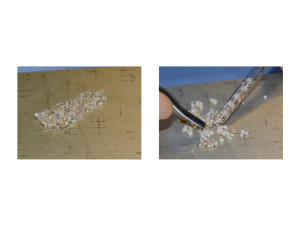Primary or secondary correction of nasal bridge deformities is now well known to be corrected by injectable fillers. The use of hyaluronic acid-based (HA) injectable fillers provides a quick and very directed approach to a wide variety of nasal contour deformities. While effective, no HA filler to the nose provides a permanent contour correction in the vast majority of patients.
I have run across a handful of patients that stated they had gotten one HA injection to the nose years ago and the result was sustained. But it is hard to know whether this is merely cosmetic accommodation or was indeed a ‘permanent’ result. I suspect that of the nasal contour issue was significant, such a permanent result would not have been seen. I know from injecting a lot of dorsal hump patients with HA fillers to camouflage it (placing filler above the hump to create a straight dorsal line) that such filler volumes are not sustained in the nose.


While many diced cartilage are traditionally wrapped in surgical or fascia, there is a role in smaller nasal dorsal defects for direct injection of the cartilage. The small nasal tunnel and confinement of the syringe allow the cartilage particles to be precisely delivered.
Dr. Barry Eppley
Indianapolis, Indiana


